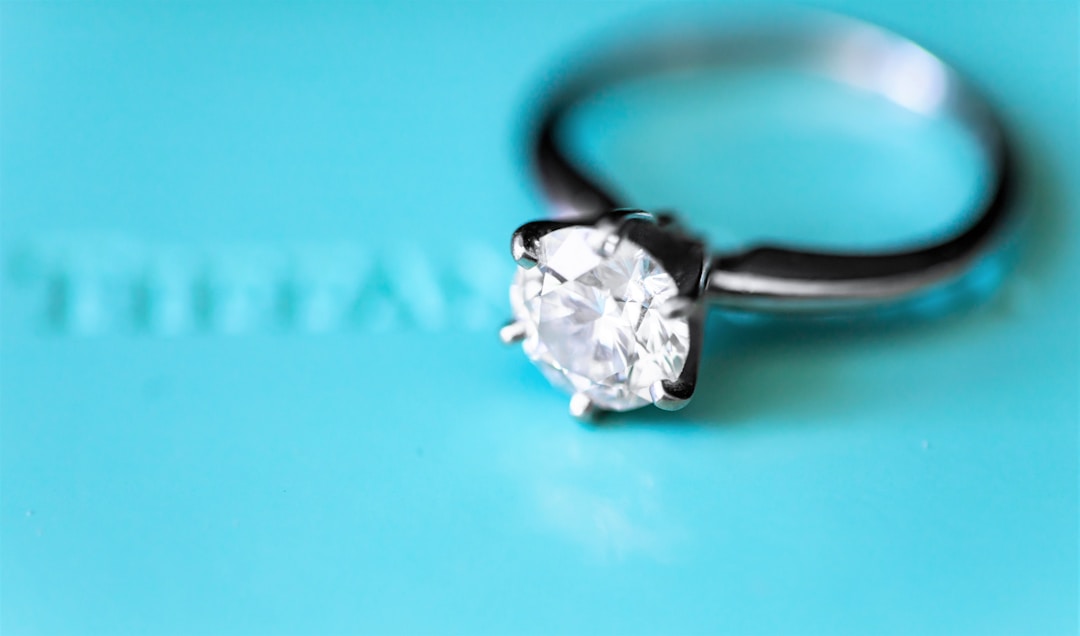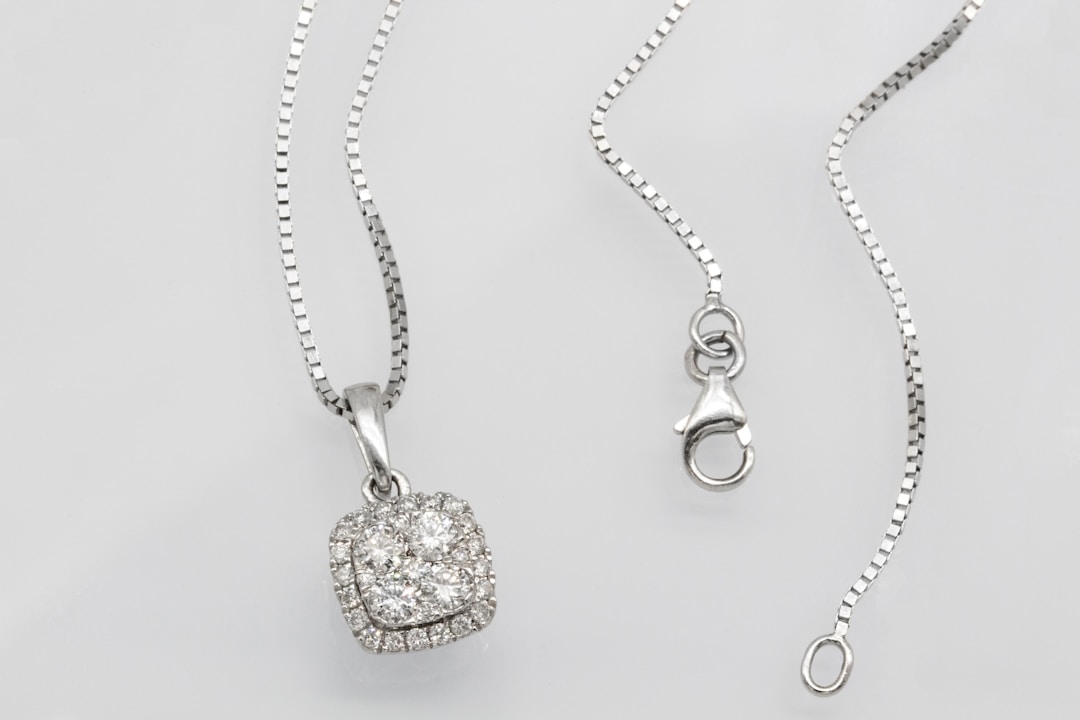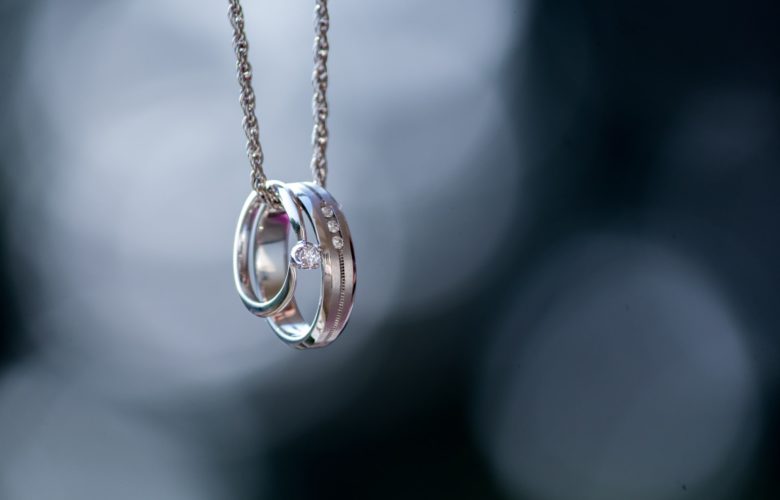Simulated diamonds have the same aesthetics as natural diamonds, however, they don’t have the same chemical, physical, or optical properties. Both options can be turned into exquisite pieces of jewelry that stand the test of time. Take a look at what to expect when considering simulated diamonds and what goes into creating a beautiful piece of simulated jewelry.
What’s the difference between natural and simulated diamonds?

Natural diamonds are harder than any simulated diamond or gemstone, meaning they hold up well against daily wear and tear. Simulant diamonds and gemstones aren’t nearly as hard and could develop scratches and abrasions. Natural diamonds can be better polished and are known to have a brighter luster.
Simulated diamonds and gemstones have varying densities or weight-to-volume ratios. You could end up with a simulant whose density is greater than a natural diamond but appears smaller than a natural stone of the same carat weight. Another obvious difference between natural and simulated diamonds is the intensity of the stone’s fire.
When it comes to a superior collection of diamond engagement rings made with social responsibility in mind, Agape Diamonds LLC is a great place to find the perfect diamond. The jeweler offers a stunning selection of unique jewelry made with conflict-free simulated diamonds, synthetic diamonds, lab diamonds, and natural diamonds.
Each piece of jewelry is made with high-quality materials and expert craftsmanship. Not only does the jeweler provide a certificate of authenticity for each piece of diamond jewelry, but according to Agape reviews, you can even receive a money-back guarantee if you aren’t satisfied. You can expect great customer service throughout your jewelry shopping experience and feel confident that you’re purchasing ethically sourced pieces.
What are simulated diamonds comprised of?

Lab-grown diamonds and gemstones are made to look like a certain gem and are used as imitations. Gemologists call lab-grown diamonds simulants. For centuries, natural materials have been used as diamond simulants, such as colorless quartz, topaz, sapphire, and zircon. Cubic zirconia and moissanite have become some of the most popular diamond simulants that are manufactured in labs.
Diamonds aren’t the only natural resources that can be used to create jewelry. Gold mines are necessary to acquire the precious metal that’s used to create beautiful pieces of jewelry. Gold prices can have just as much of an impact on the cost to the consumer as the cost of mining natural diamonds. Last year, mining activities in Turkey resulted in the country’s highest level of gold production ever. Doğu Biga Mining is preparing for mining projects in Çanakkale, where locals will receive the proper training to participate in the Kirazli project, the Kirazli Gold and Silver Mine.
Doğu Biga is backed by investments from the Canadian-based gold producer Alamos Gold. The intermediate gold producer has three operating mines in North America, the Young-Davison and Island Gold mines in Northern Ontario, and the Mulatos mine in Sonora, Mexico. The company has also expanded to include Alamos Gold in Turkey while maintaining a commitment to a strong environmental impact assessment.
How are simulated diamonds made?

The United States Federal Trade Commission requires all laboratory-produced gem materials to be accurately described and leave no doubt that it’s not naturally occurring. When synthetic gems aren’t clearly described and disclosed, it’s considered a deceptive practice to pass them along the distribution channel and into the hands of consumers. Industry organizations such as the American Gem Trade Association and Colored Gemstone Association have created strict guidelines that govern the disclosure of synthetic gems at the time of purchase.
There are several different methods by which synthetic gemstones are created in the laboratory. The two main processes for production are melting or solution. Melting processes maintain the same chemical composition of the melt and the resulting crystal. With solution processes, the solution or melt results in a crystal with a different chemical composition.
Simulated diamonds and gemstones can be just as beautiful as their natural counterparts but for a more affordable price.

